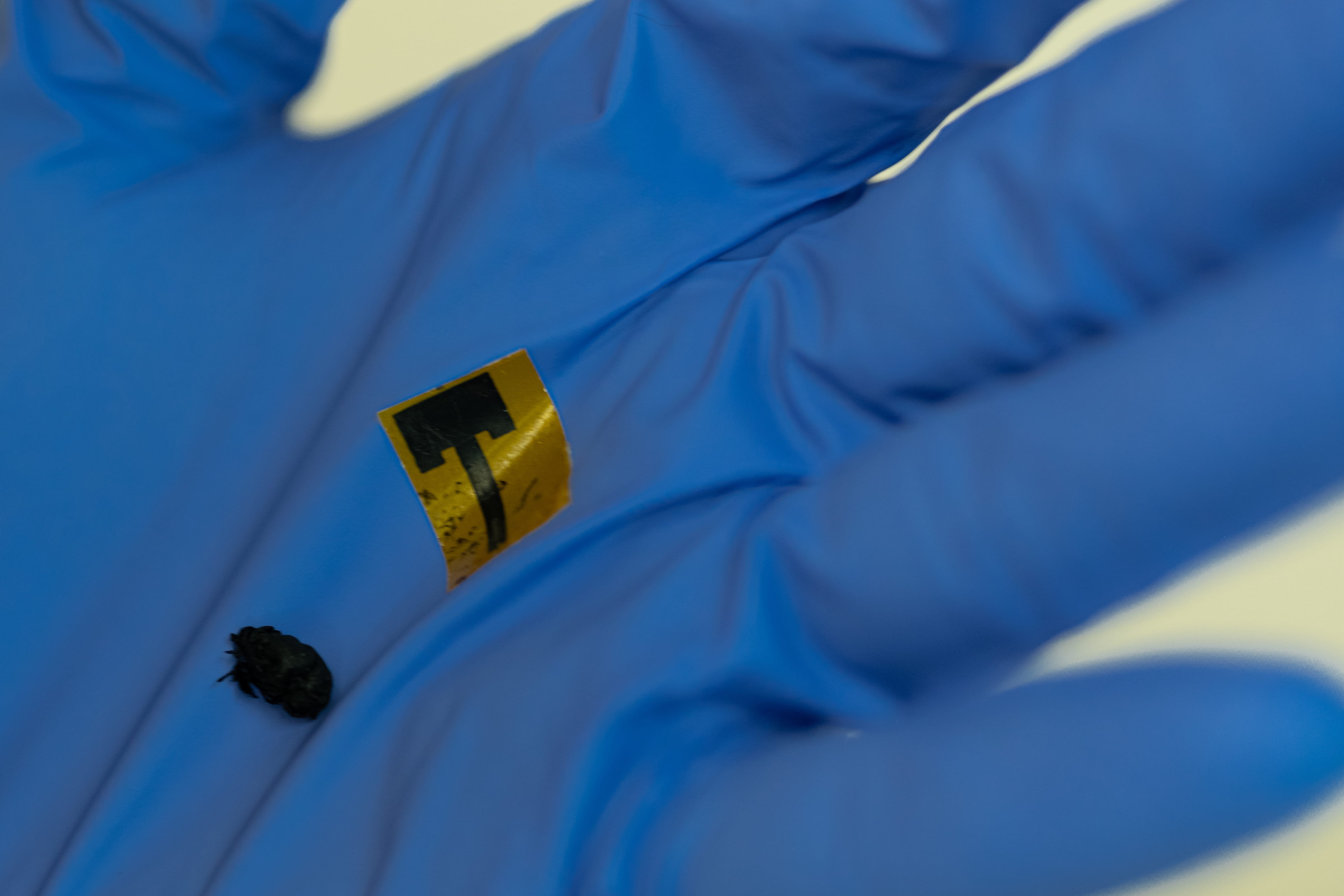Future Antennas Could Be ‘Painted On’ Electronics
HOUSTON–Antennas of the future may be constructed of carbon nanotube film that can be painted onto devices, according to researchers at Rice University’s Brown School of Engineering. The technology was found to be a “viable competitor” for copper in 5G wireless and other applications, the researchers found.

Rice lab chemical and biomolecular engineer Matteo Pasquali and his team tested the antennas made of “shear-aligned” nanotubes and found that the films were tougher and more flexible than copper and better able to handle higher frequencies.
The antennas were tested at the NIST facility in Boulder, Colo., by lead author Amram Bengio, who carried out the research and wrote the paper. Bengio has since founded a company to further develop the material.
To make the films, researchers dissolved nanotubes, most of them single-walled and up to 8 microns long, in an acid-based solution. When spread onto a surface, the shear force produced prompts the nanotubes to self-align, a phenomenon the Pasquali lab has applied in other studies.
The new antennas could be ideal for 5G networks as well as UAVs for which weight is a consideration, as well as for future “internet of things” applications, according to the researchers.
The Air Force Office of Scientific Research, the Department of Defense and a National Defense Science and Engineering Graduate Fellowship supported the research.
The results detailed in Applied Physics Letters advance the lab's previous work on antennas based on carbon nanotube fibers.
The professional video industry's #1 source for news, trends and product and tech information. Sign up below.
Tom has covered the broadcast technology market for the past 25 years, including three years handling member communications for the National Association of Broadcasters followed by a year as editor of Video Technology News and DTV Business executive newsletters for Phillips Publishing. In 1999 he launched digitalbroadcasting.com for internet B2B portal Verticalnet. He is also a charter member of the CTA's Academy of Digital TV Pioneers. Since 2001, he has been editor-in-chief of TV Tech (www.tvtech.com), the leading source of news and information on broadcast and related media technology and is a frequent contributor and moderator to the brand’s Tech Leadership events.

